THE FUTURE OF SIGNAGE AND BRANDING IN AN OMNICHANNEL WORLD!
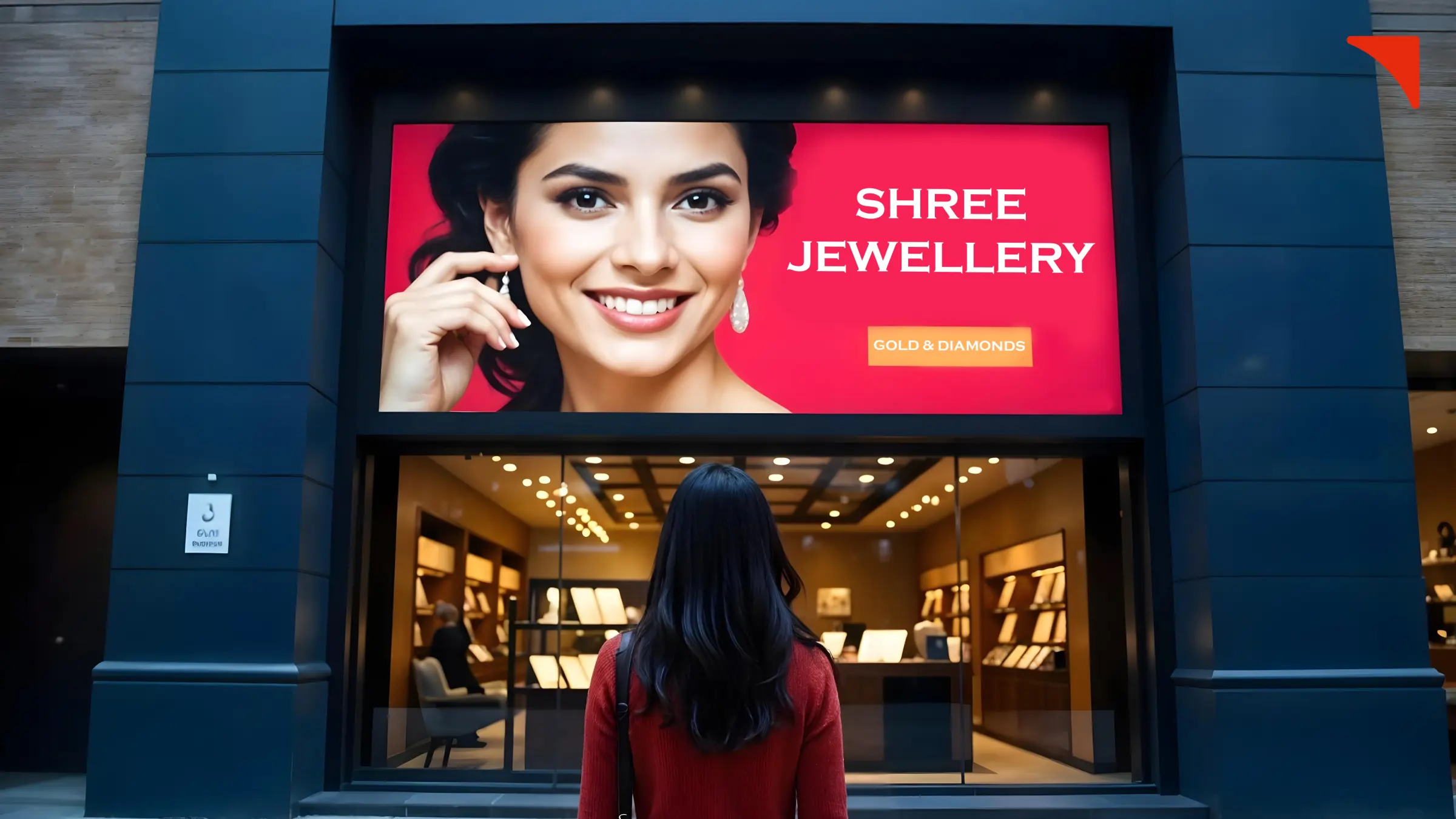
We are all in the middle of retail highs and lows. Everything in retail is undergoing a significant transformation, including the once static concept of signage as well. There was a time when signage and branding were just limited to printed banners, window decals, and in-store displays. However, things have evolved a lot, and these elements now play a critical role in omnichannel customer engagement.
As digital innovation swiftly levels up and customer expectations rise, the future of retail signage design lies in its ability to seamlessly bridge the gap between physical and digital shopping experiences.
From Static to Smart: A Paradigm Shift
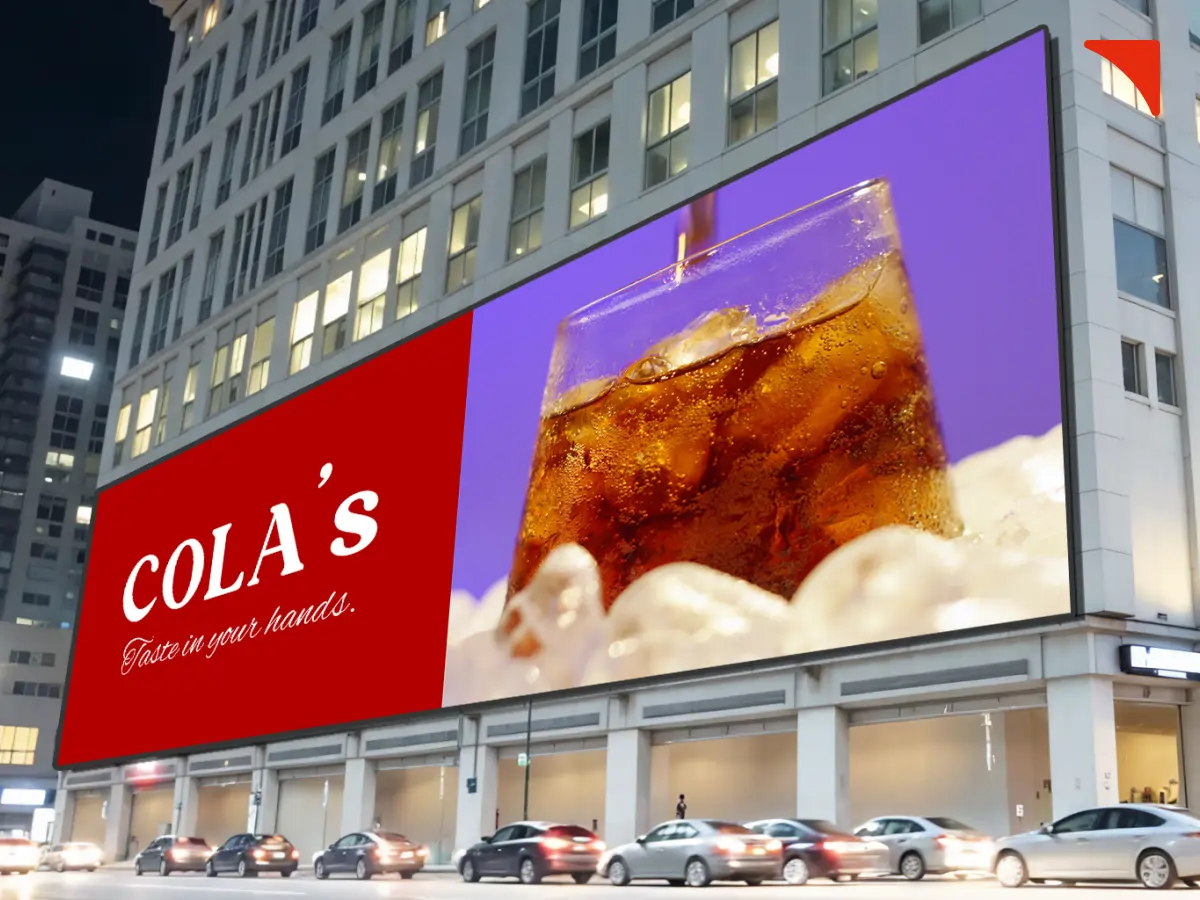
As already stated, the concept of retail signs is no longer just about wayfinding or promotions. Instead, it is now viewed as a sophisticated touchpoint in a customer’s shopping journey. Traditional signage is giving way to digital, interactive, and data-driven formats that enhance customer engagement and influence purchasing decisions in real time.
According to a study conducted by Grand View Research in 2024, it was found that there a high chance that the global digital signage market might reach 45.3 billion dollars by the end of 2030, growing at a CAGR of 7.7% from 2023 to 2030. This growth is directly fueled by the demand for intelligent, responsive, and custom signage services and solutions that perfectly align with omnichannel strategies.
The Rise of Omnichannel Retailing
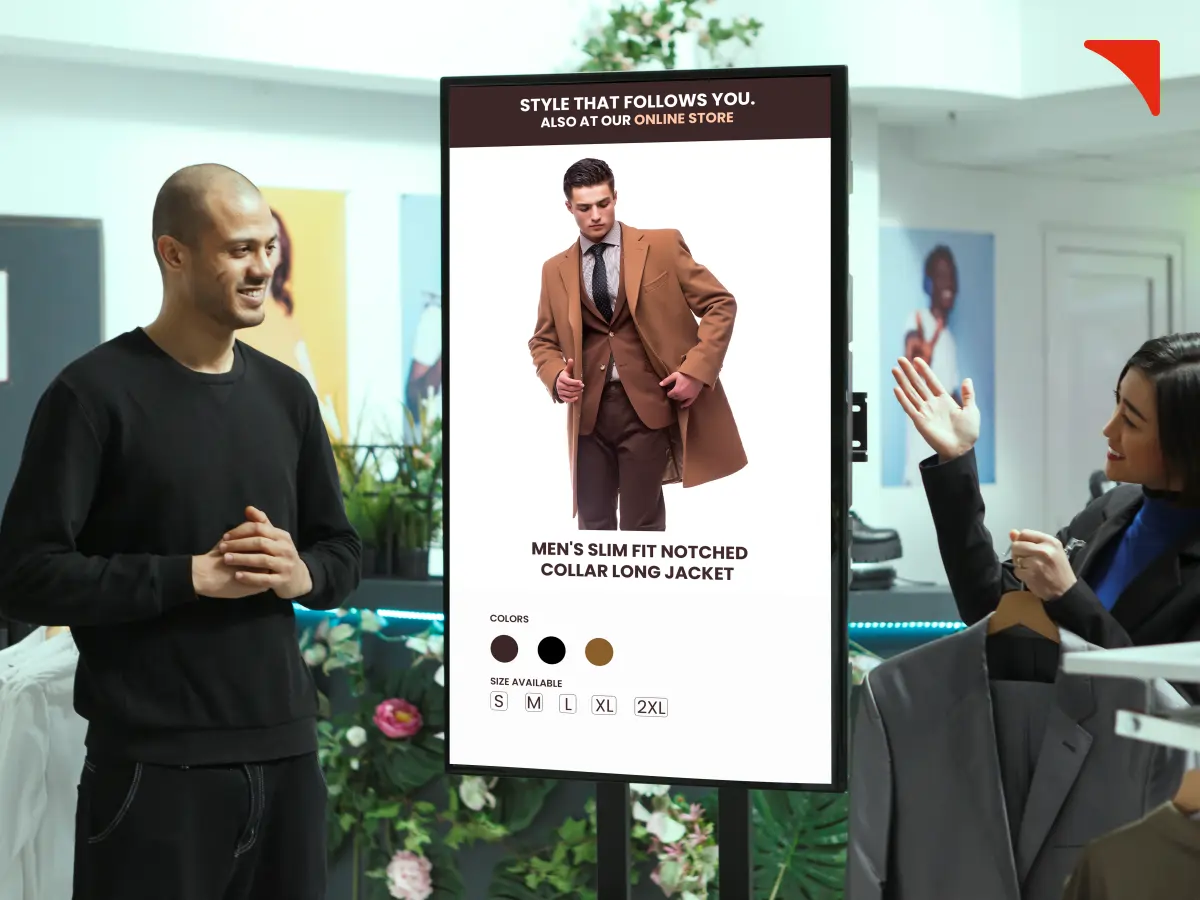
The concept of omnichannel retailing is all about integrating physical stores, e-commerce, mobile platforms, and social commerce into a seamless as well as a consistent shopping experience. In this type of environment, it is crucial for brands to implement immersive signage designs that don’t just appeal to the eyeballs of potential and existing customers but also act as a dynamic connector between online and offline channels.
Modern customers now use multiple touchpoints before making a purchase. In a study by Harvard Business Review, it was found that more than 73% of customers use more than one channel while shopping for their necessities. In this scenario, it is essential for retail signage to adequately respond to this complexity.
Instead of static billboards or store signs, brands can opt for custom signage services that allow personalized messaging, displaying real-time inventory, and other user generated content that actually makes a difference.
Data Driven Dynamic Content

The concept of smart signage was introduced long ago. However, it has now been heavily adopted by various leading global brands. They now utilize tech integrated signage solutions that display real-time data such as weather conditions, time of day, customer demographics, and inventory levels in order to deliver hyper targeted messages.
For example, a fashion and lifestyle retailer can utilize AI-powered digital signage to display winter jackets when the temperature drops below a certain threshold or light colored, cotton clothes when the temperature rises constantly. Or instead, if any particular product is low in stock, the brand can display the same through its digital signage and encourage interested customers to buy online with a limited time discount code.
This level of intelligence involves various resources, including backend integration with customer relationship management (CRM), enterprise resource planning (ERP), and inventory management systems. Retailers leveraging these integrations do experience a significant rise in their branding costs. However, it is completely worth it as they also notice significant uplifts in their sales and profit levels.
A case study by Intel and Scala revealed that brands that deal in customer electronics and appliances experienced around a 24% increase in their overall sales when they implemented interactive digital signage at their retail stores.
Personalization at Scale
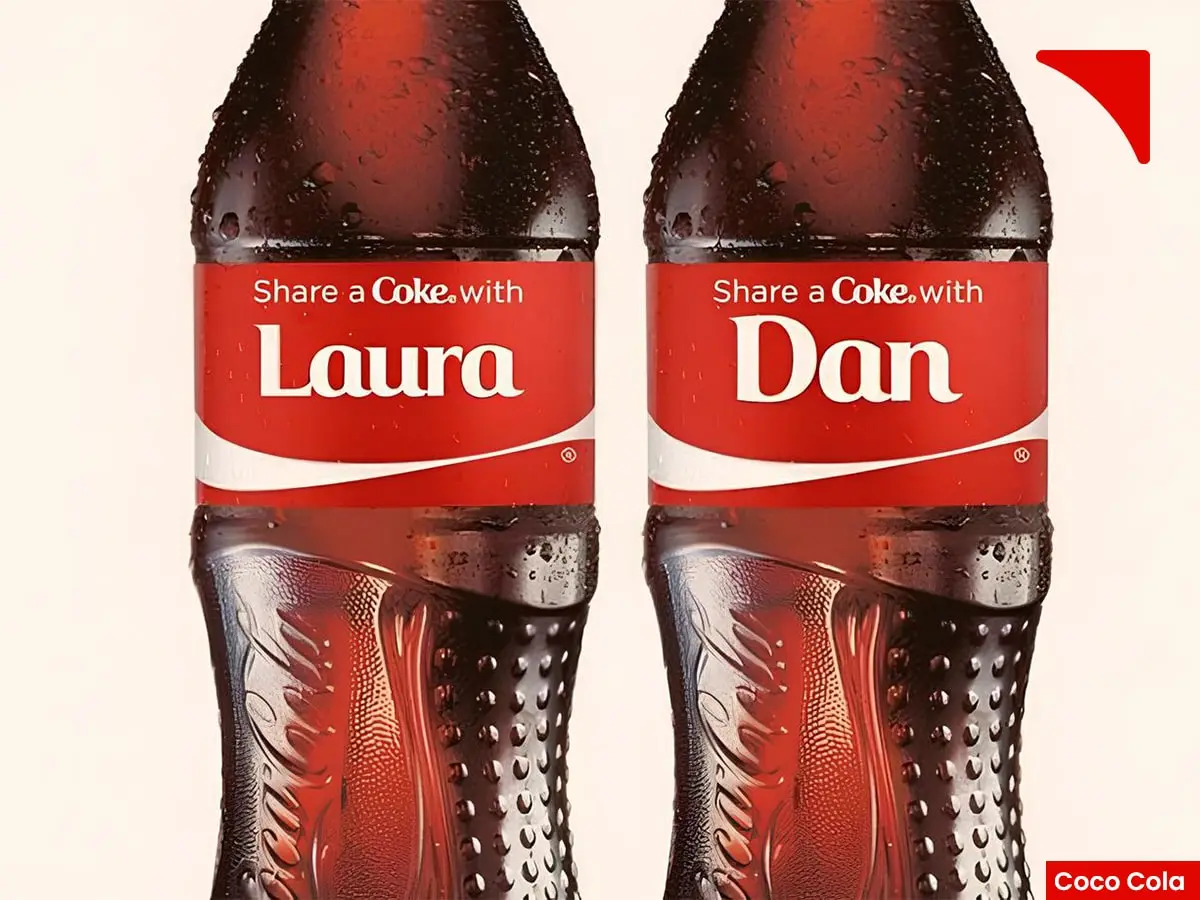
According to Accenture, more than 91% of consumers are more likely to shop with brands that provide relevant product offers and personalized recommendations.
In store personalization, which was once considered a luxury, is now becoming a very common expectation of modern customers. With tech integrated tools like RFID, mobile app geofencing, and facial recognition (only at places where legally permissible), retail brands can deliver customized content on their digital signage screens that is completely based on individual customer profiles.
Interactive and Immersive Technologies
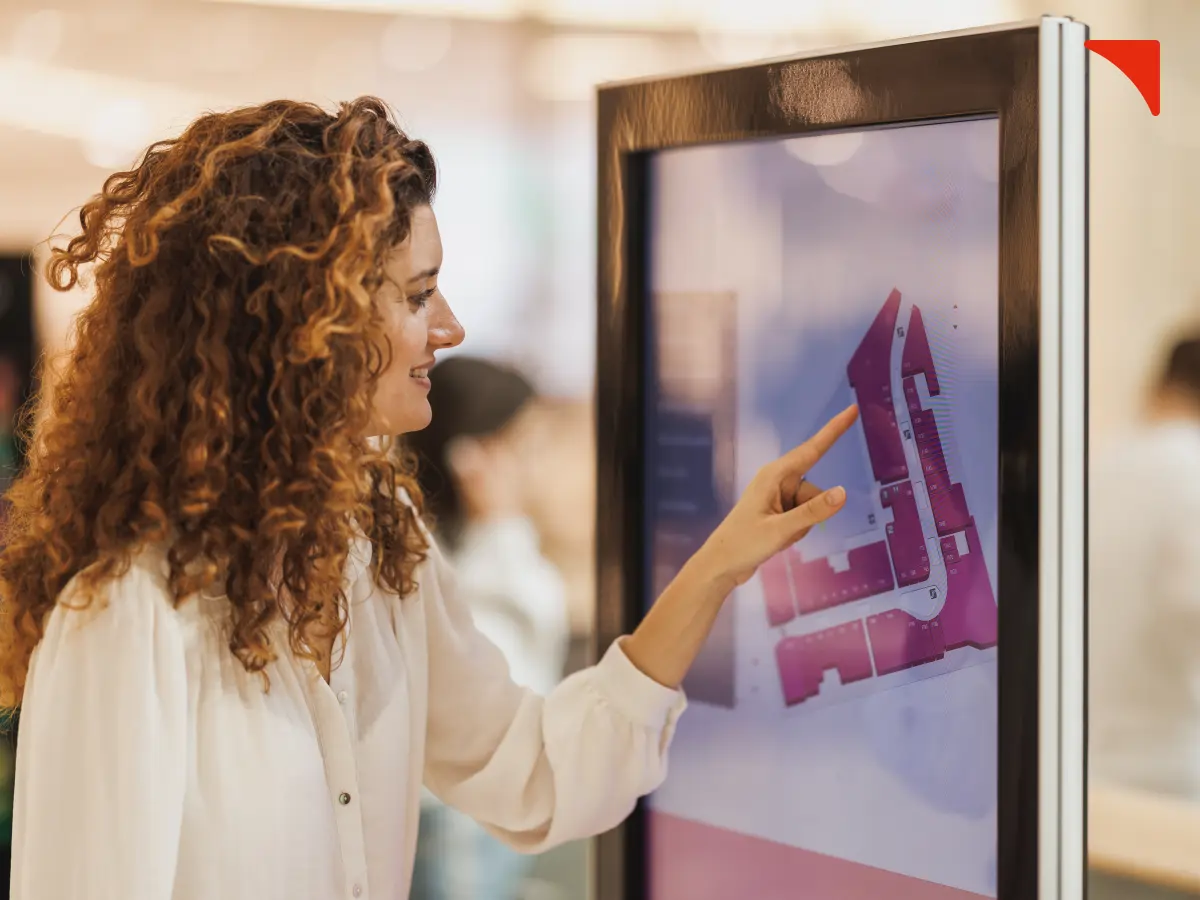
Features like augmented reality, virtual reality, smart mirrors, gesture control, voice integration, and touch screen enabled kiosks and signage are actually taking the concept of customer interaction to a whole new level.
According to a report by Deloitte, it was found that interactive digital displays can increase customer dwell time by 30%, which in turn leads to higher basket values.
Carrefour, a grocery chain, is experimenting with “lift and learn” displays. If a customer picks up a product, it will trigger the signage to display nutritional info, recipes, or special deals.
These immersive in store retail experiences don’t just increase the dwell time and conversion rates. Instead, they also have long lasting impressions on the minds of customers, further positively shaping the brand’s perception and boosting recall.
Sustainability: A Driving Factor In Futuristic Signage and Branding!
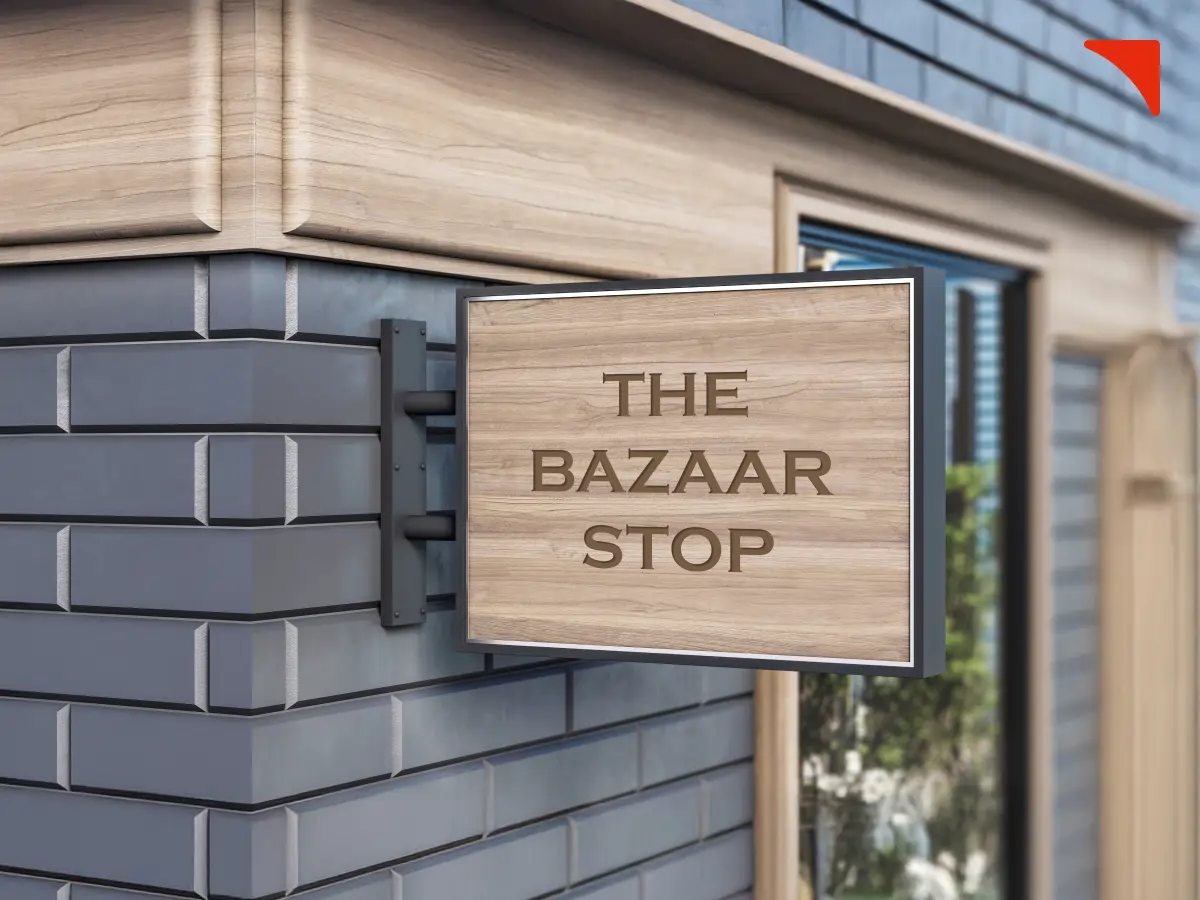
Sustainability is no longer a choice. Instead, it is a necessity. The concept of reducing environmental impact and promoting eco-friendliness is a significant factor that is reshaping the signage strategy. Paper and PVC based signage were once dominating the branding industry. However, they have now been replaced with digital and recyclable alternatives.
E-ink signage, which consumes no energy except when the image changes, is gaining traction among retailers who emphasize sustainability and are aiming to reduce their carbon footprint.
Tesco and Aldi are two renowned supermarkets in Europe. Both of them have started increasingly using electronic shelf labels (ESLs) in their store. This simple step helped them cut down waste along with allowing real time price updates without any hassle of replacing the signage.
According to a study by Nielsen, it was found that more than 73% of customers in the world are presently changing their consumption habits in order to reduce environmental impact. This number clearly highlights the fact that sustainable signage is not just ethical but definitely a commercially smart practice.
Future Outlook: AI, Predictive Content and Beyond
Looking at the present scenario, it is very evident that artificial intelligence will play an even greater role in the evolution of retail signage and branding. Predictive analytics can anticipate customer needs and adjust messaging in real time. Also, within no time we will also witness voice AI and chatbot enabled signage offering conversational interfaces.